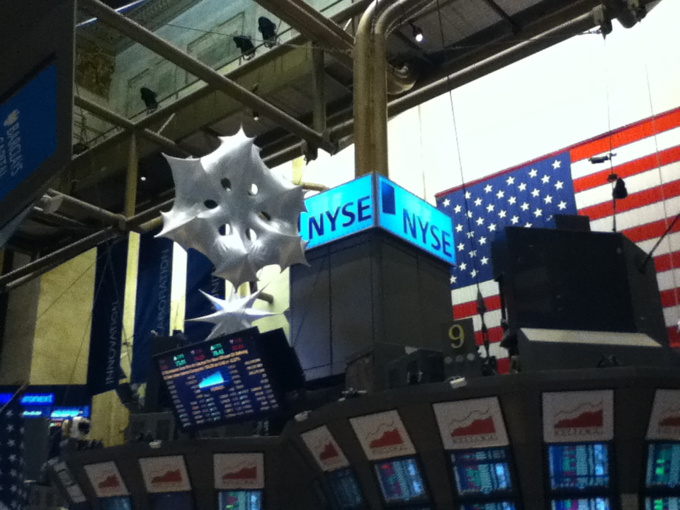According to the estimates of Dealogic and FT, the New York Stock Exchange is actively increasing the portfolio of securities of high-tech companies, exerting growing competitive pressure on the high-tech exchange NASDAQ. Since 2010, NASDAQ has attracted 183 such placements against 160 from the NYSE. However, the total volume of placements is higher for the NYSE - $ 74 billion from 2010 compared to $ 49.6 billion from NASDAQ. IPO of Snapchat message service, held in March last year on the NYSE, and IPO of the Swedish audio streaming service Spotify held in the current month were especially noteworthy. Placements of such large high-tech companies on the NYSE has already prompted media speculation that the exchange may compete for upcoming placement of other large high-tech companies such as Uber and AirBnb.
The head of NYSEs on placement John Tuttle previously admitted that there was a time when the exchange could not keep up with the surge in business activity and placement of high-tech companies that eventually opted for the NASDAQ, for example Amazon and Facebook. However, placement of the latter, followed in 2012 by a major technical malfunction, markedly worsened the NASDAQ’s image. A few years ago, experts noted a surge in high-tech placements on the NYSE. According to the results of 2012, 16 out of the 20 largest placements of former start-ups were held not at the NASDAQ, but at the NYSE, including placements of cloud software producer Workday, IT-automation systems developer ServiceNow, etc. Experts noted that by that time, the NYSE had managed to reduce the backlog from NASDAQ in the field of technical processing of trades. "The differences between the two exchanges are minimal," Jay Ritter, a professor at the University of Florida, specializing in the IPO industry, told VentureBeat
The recent placement of Snapchat and Spotify indicate that the NYSE is not going to stop there. In January, the exchange recruited a well-known investment banker, Jose Cobos, who significantly intensified his efforts to attract new issuers from the high-tech sector. In addition, in February the exchange simplified the placement rules for large companies in the technology sector, thus hoping to make the placement on its site even more attractive.
source: ft.com
The head of NYSEs on placement John Tuttle previously admitted that there was a time when the exchange could not keep up with the surge in business activity and placement of high-tech companies that eventually opted for the NASDAQ, for example Amazon and Facebook. However, placement of the latter, followed in 2012 by a major technical malfunction, markedly worsened the NASDAQ’s image. A few years ago, experts noted a surge in high-tech placements on the NYSE. According to the results of 2012, 16 out of the 20 largest placements of former start-ups were held not at the NASDAQ, but at the NYSE, including placements of cloud software producer Workday, IT-automation systems developer ServiceNow, etc. Experts noted that by that time, the NYSE had managed to reduce the backlog from NASDAQ in the field of technical processing of trades. "The differences between the two exchanges are minimal," Jay Ritter, a professor at the University of Florida, specializing in the IPO industry, told VentureBeat
The recent placement of Snapchat and Spotify indicate that the NYSE is not going to stop there. In January, the exchange recruited a well-known investment banker, Jose Cobos, who significantly intensified his efforts to attract new issuers from the high-tech sector. In addition, in February the exchange simplified the placement rules for large companies in the technology sector, thus hoping to make the placement on its site even more attractive.
source: ft.com



















